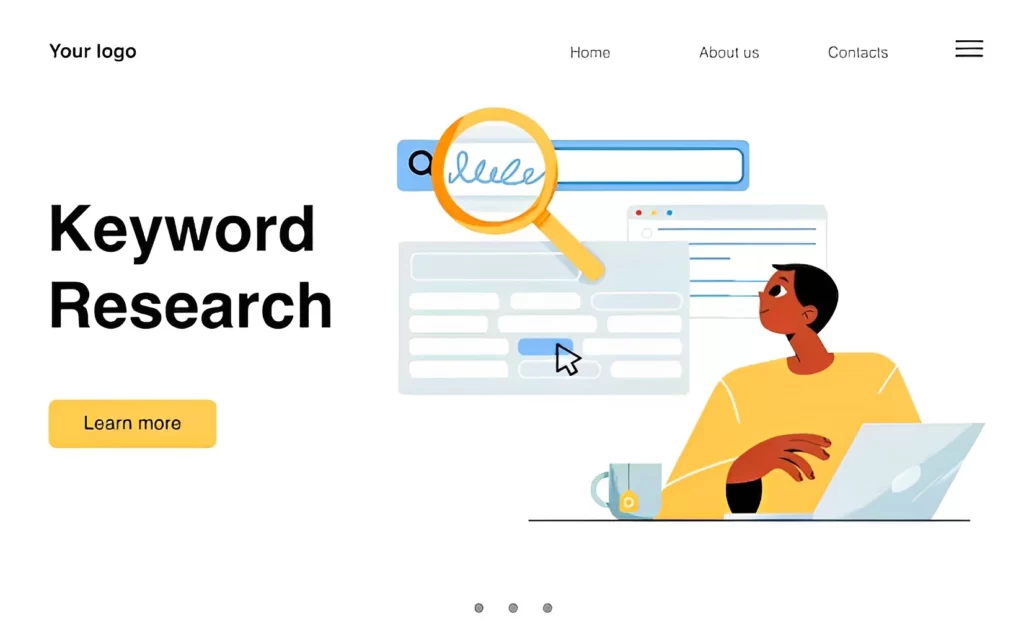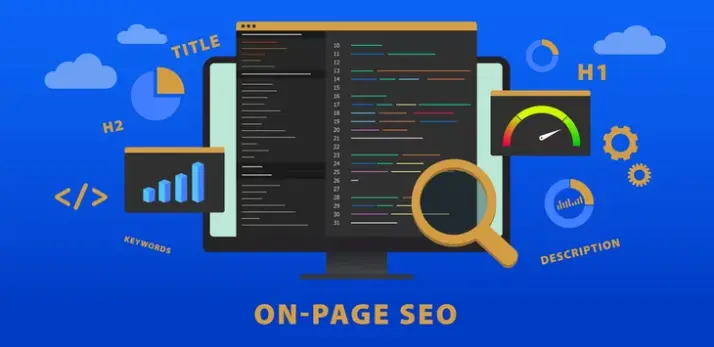Ever wondered, “What’s my audience really looking for?” I did, too! That’s when I learned about “how to determine search intent.” It’s like reading the minds of those typing into search bars. Curious? Let’s jump in and unravel this cool trick together. It’s a game-changer!
Let’s Get Straightforward. How to Determine Search Intent?
1. Dive into SERPs
Start by googling your target keywords. What’s ranking at the top? Are they blog posts, product pages, or forum discussions? The variety of content can give you an initial sense of what users seek.
2. Leverage Keyword Tools
Think of tools like Semrush as your magnifying glass. They offer more profound insights into what users want when they type in specific keywords. They might even introduce you to new terms you still need to consider.
3. Spot the Clues in SERP Features
Have you ever noticed those ‘People Also Ask’ boxes or the highlighted snippets when you search? They’re more than just handy tools; they’re signals of what users are curious about and might be leaning toward.
4. Navigate Ambiguities
Some keywords, like “iPhone 13 pro max”, are trickier and can mean different things to different users. Are they looking to buy or just gathering information? Check out the mix of content types in the results to get a clearer picture.
5. Study Different Content Formats
Search intent can often be gauged by the content that appears for a query. For instance, if you’re seeing a lot of how-to guides or tutorials, users might be in the learning phase. If there are more product pages or reviews, they might be closer to making a purchase.
Understanding Search Intent
Imagine you’re at a library. Some folks wander in, just looking for a good book—any book! Others? They might stroll right past the fiction section, eyes set on that cookbook they’ve been wanting. And then there are those on a mission for that one specific book for a school assignment. Each person, though in the same place, has a different reason for being there.
That’s exactly what search intent is about. It’s the “why” behind the “search.” It’s understanding whether someone is browsing the web, looking for a specific website, wanting to buy something, or researching before making a decision. Get the hang of it, and you’ll understand what users are after and be their go-to source.
The Four Primary Types of Search Intent
Below are the four main reasons people search online, known as search intent. These categories shape how we approach online content and marketing.
1. Informational Intent
Users have questions or need information about a topic, concept, or skill.
Example: “What is photosynthesis?” or “How does Bitcoin work?”
Importance: Catering to these users means offering clear, authoritative answers. This is a chance to position yourself or your brand as a trusted expert, leading to potential future engagements.
2. Navigational Intent
- Description: Here, the user knows their destination – typically a specific website or platform – and uses the search engine as a map.
- Example: Searches like “Facebook login” or “OpenAI blog.”
- Importance: For businesses, this intent highlights the value of brand awareness. Your branding efforts are paying off if someone is directly searching for your site.
3. Transactional Intent
- Description: Users are in “action” mode. They’re looking to buy a product, sign up for a service, or engage in a transaction.
- Example: “Buy iPhone 13” or “Netflix subscription sign-up.”
- Importance: This is the critical stage where businesses can convert users into customers. A seamless, user-friendly transaction process and clear call-to-action can greatly boost conversion rates.
4. Commercial Investigation Intent
- Description: This is a “research phase.” Users are considering a purchase or engagement and are researching their options.
- Example: “Best DSLR cameras of 2023” or “Top CRM software comparisons.”
- Importance: For businesses, these searchers are potential gold. By providing comprehensive, unbiased, and valuable comparisons or reviews, you can influence their final purchasing decision.
Understanding intent is the key to unlocking actual relevance in the world of search.
-Brian Barcenilla
Key Indicators of Search Intent
Decoding why people search online is crucial. Below are key indicators that shed light on their true intentions.
Word Clues and Phrasing
Look, when someone types something into Google, the words they use are dead giveaways about what they really want.
- If someone types “how to,” it’s pretty clear they’re trying to figure something out. Like “how to tie a tie.”
- Throw in words like “buy” or “order,” and it’s obvious they’ve got their credit card ready to make a purchase.
- If they’re using words like “review” or checking out the “price,” they’re probably window shopping – trying to get the best bang for their buck.
Length of the Search Query
It’s a bit like detective work. Short and sweet? They’re probably just browsing. But if they’re getting super specific? They know exactly what they want.
- “Sneakers” is broad. They might just be window shopping.
- But “best waterproof sneakers for hiking” is a different story. That’s a person who knows what they want and is looking for some solid advice.
Checking Out the SERP (Search Engine Results Page)
Imagine someone gave you a hint about a surprise. Google does that with its search results!
- A quick answer box at the top? They just want a fast answer to a burning question.
- Shopping ads up there? Google thinks they’re in the mood to shop.
- Maps with local places? They’re likely on the hunt for somewhere to go nearby. Maybe a coffee shop or a bookstore.
Trying to figure out how keyword research works? Read “How to Do Keyword Research for Content Writing.”
How Can I Optimize the Content for Search Intent?
Based on rigorous research and established best practices, here are the refined tactics I use.
Harmonize Content Format with User Intent
Adapt your content format to mirror the user’s search objectives.
For example, deploy comprehensive blog articles to address informational intents or sculpt transaction-oriented pages to accommodate purchasing objectives. Such alignment ensures that you’re presenting users with content forms they actively seek.
Prioritize Relevance and Value
Beyond mere keyword matching, the essence of your content must be genuinely relevant to the user’s query. Focus on delivering substantive value, making sure that the content is thorough, authoritative, and directly addresses the user’s needs or queries.
Leverage Schema Markup for Precision
Integrating schema markup can substantially augment your content’s visibility for particular search intents.
Check this tool: Technicalseo
By providing search engines with clearer context about your content’s nature and purpose, schema markup enhances its chances of being featured prominently for aligned search queries.
Have You Truly Grasped Search Intent’s Power?
Understanding “How to Determine Search Intent” is more than just a crucial SEO skill; it’s a strategic asset, especially for businesses in the competitive world of hospitality. The ability to discern what travelers are actively searching for allows you to align your content effectively, making your offerings resonate more with potential guests.
Now, think about the vast landscape of the digital market. If you’re able to harness the power of search intent, where could that take your business? Accurately gauging search intent not only lets you fine-tune your content strategy but also prompts a deeper question: Are you truly connecting with the desires and needs of your potential guests?
What insights did you gather from this piece? We’d love to hear your thoughts below!
Read more: Hiring an SEO Content Writer? What Businesses Should Know




